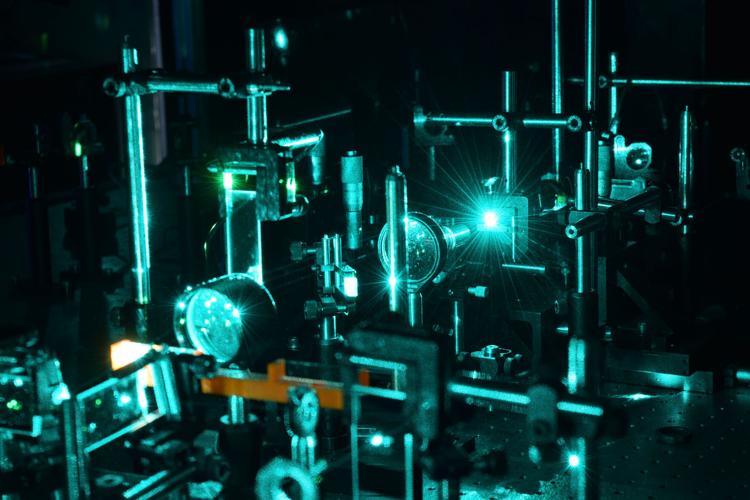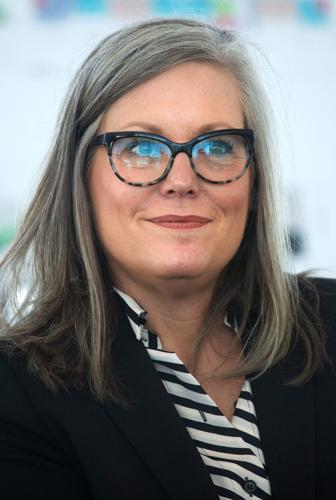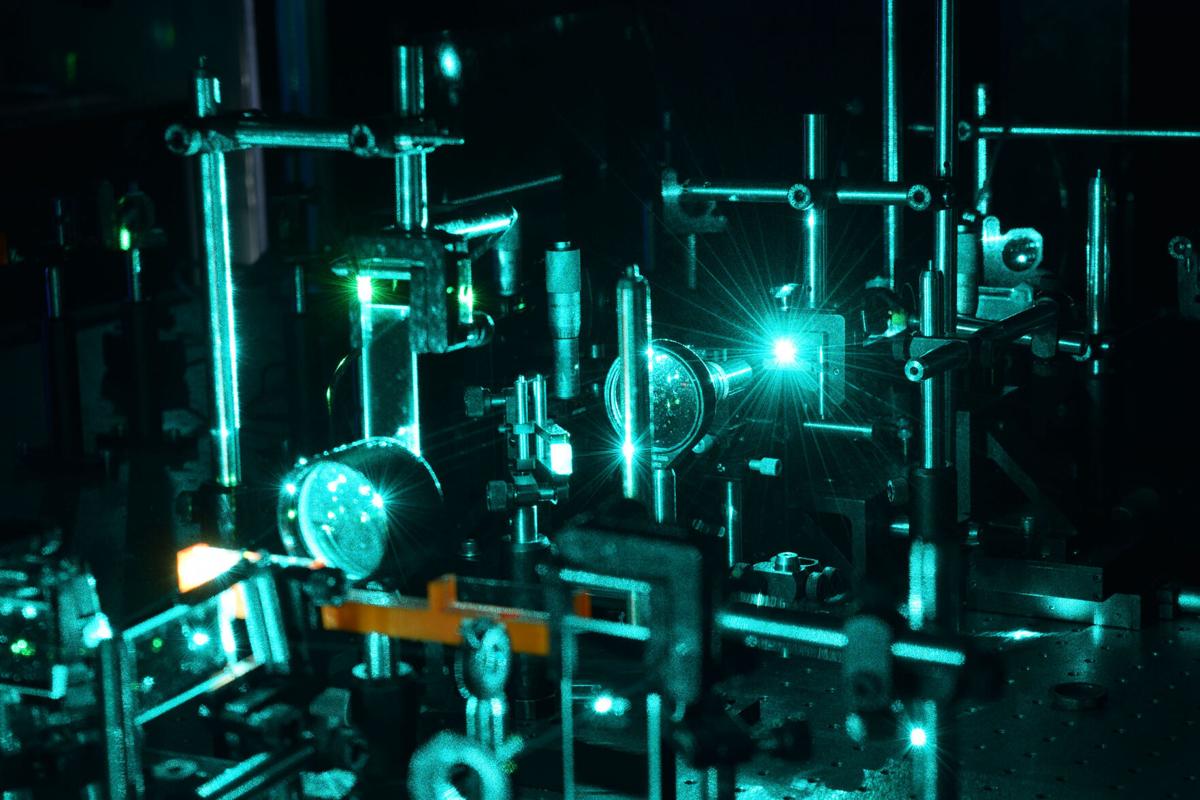The University of Arizona is getting $30 million to amp-up its sound research.
A new science and technology center funded by a five-year grant from the National Science Foundation, the New Frontiers of Sound Science, was announced at a news conference Thursday morning.

Gov. Katie Hobbs
“I’m so excited to celebrate this monumental announcement that once again demonstrates Arizona’s strong position leading the nation in technological innovation,” Gov. Katie Hobbs said during the announcement. “An award like this is a testament to our state’s dominance in advanced technology, research and development. We see society’s biggest problems as a chance to innovate, problem solve and forge new horizons.”
The grant also comes with an additional $30 million option over the following five years, something that center leadership believes will bring research and industry together.
While the center won’t bring new degrees to the university, officials say the center will provide underrepresented STEM-students access to mentoring and research experience in the field of topological acoustics.
Topological acoustics allows researchers to see and manipulate attributes of sound that aren’t visible in traditional acoustics. The funding will help the UA be at the forefront of that area of research, said Pierre Deymier, director and project principal investigator for the center.
“Sound is really powerful in our daily life, however, with topological acoustics we’re looking at sound from a geometric point of view, which is quite unusual,” Deymier said. “Examining the geometry of sound uncovers extraordinary properties, which have been overlooked before now and will serve as foundations for innovative and impactive technologies in information processing, telecommunication and sensing.”
Applications for the research could range from materials science and electrical engineering to geosciences and mathematics. While abstract concept, advancements could benefit consumers at the day-to-day level.
Applications could include making computers faster, smartphones more efficient or measure the effect of climate change on infrastructure or the natural environment, according to a news release.
The center will make it easier to engage students and introduce them to the industry, said Sara Chavarria, co-principal investigator and assistant dean of research development for the UA College of Education.
“Once [students] enter our community, our family at the center, there will be continued opportunities to participate in additional programming and activities, all with different skillset building elements,” Chavarria said. “One of the things that will then follow that is the translational work, when they work in collaboration with our researchers as they’re creating-and-designing the topological acoustics textbook.”
Three additional science and technology centers have been announced as part of a five-year, $120 million investment by the National Science Foundation: The Center for Quantitate Cell Biology and the Center for Braiding Indigenous Knowledges and Science at the University of Massachusetts; and the Center for Complex Particle Systems at the University of Michigan.

Robert Robbins
“I think this validates all the work that’s been done at the university for decades now and it establishes the University of Arizona as a worldwide leader in this field,” said UA President Robert Robbins. “I’m excited to see the future work that’s going to be completed, the students that we train, the research that will be done and the products that will come to people all around the world from this important investment by the National Science Foundation.”
Get your morning recap of today's local news and read the full stories here: tucne.ws/morning







